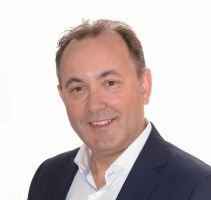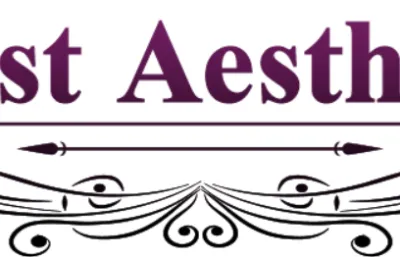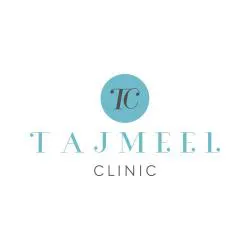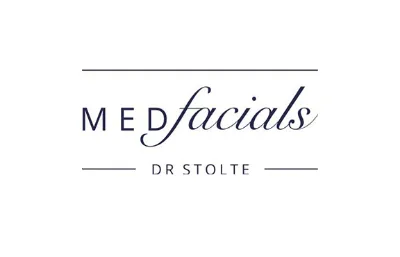Platelet Rich Plasma or PRP therapy, also known as autologous rejuvenation therapy, is a revolutionary new treatment. It is often also referred to, by the media, as a “Vampire Facelift” or “Dracula Therapy”.
PRP therapy works on the basis that the body’s own natural healing powers may slow and even reverse the ageing process – it’s a revolutionary repair system that places growth factors in the exact location where we want the skin to repair and rejuvenate itself.
Blood (a small amount) is taken from the patient during the treatment, then treated (in a centrifuge) to harvest the platelet rich plasma and re-injected into the desired area. The therapy is said to plump skin, fill out fine lines and wrinkles, and give an overall more radiant appearance.
Platelet Rich Plasma Therapy has been used for a number of years in urology, ophthalmology, dentistry, neurosurgery, orthopaedics and sports medicine, to treat muscle and ligament injuries, pain problems, skin lesions and more. Due to the success of Platelet Rich Plasma Therapy in medicine, the procedure was then developed into a cosmetic procedure.
Platelets contain a high content of “growth factors” – proteins that help to heal injured tissue or damaged skin. Upon re-injection the platelets release their growth factors which trigger surrounding cells to proliferate, in turn stimulating repair, increasing volume and rejuvenating the skin.
If you are considering Platelet Rich Plasma therapy the following information will give you a basic understanding of the procedure. It can't answer all your questions, since a lot depends on the individual patient and the practitioner. Please ask a practitioner about anything you don't understand.






